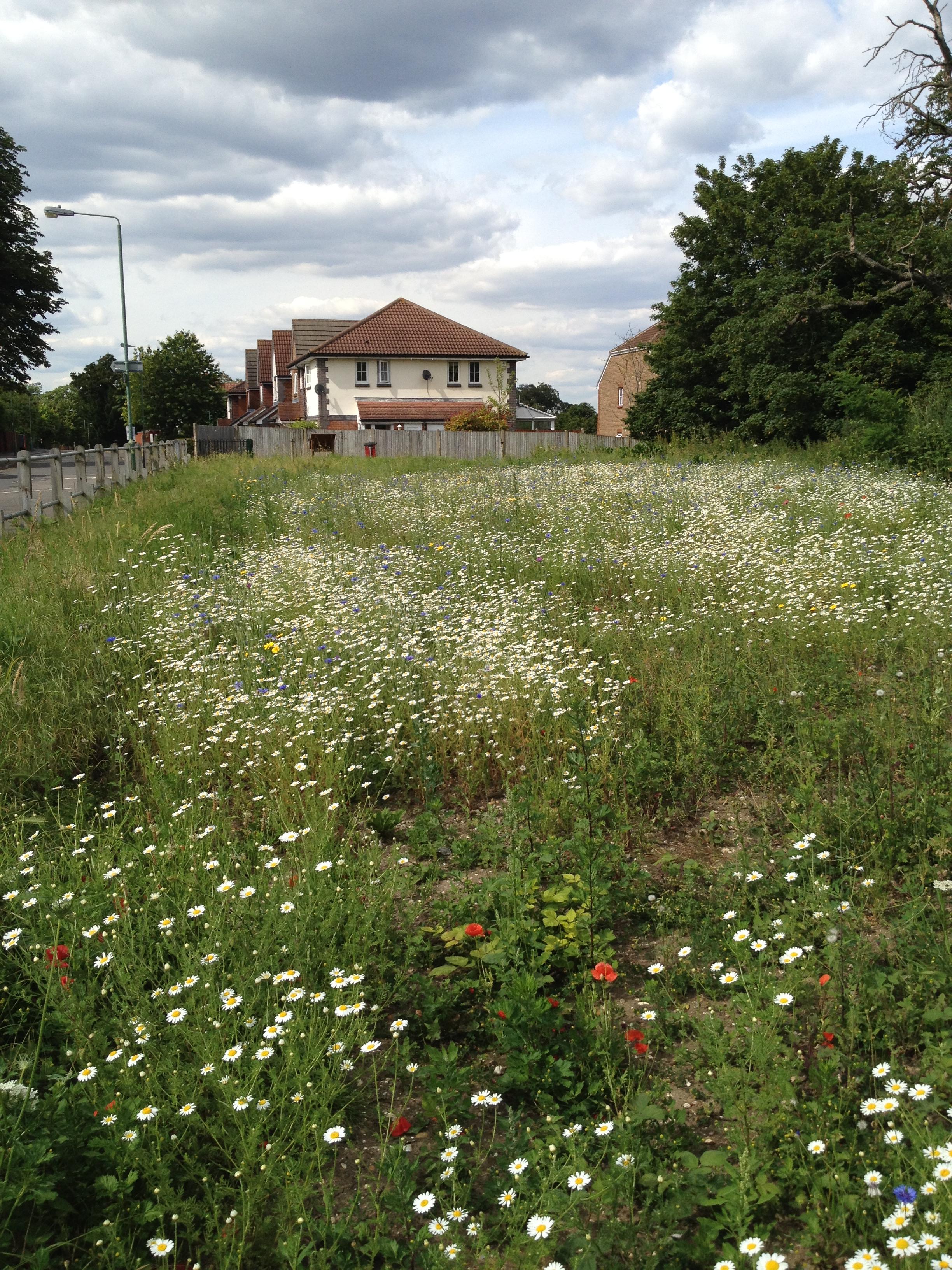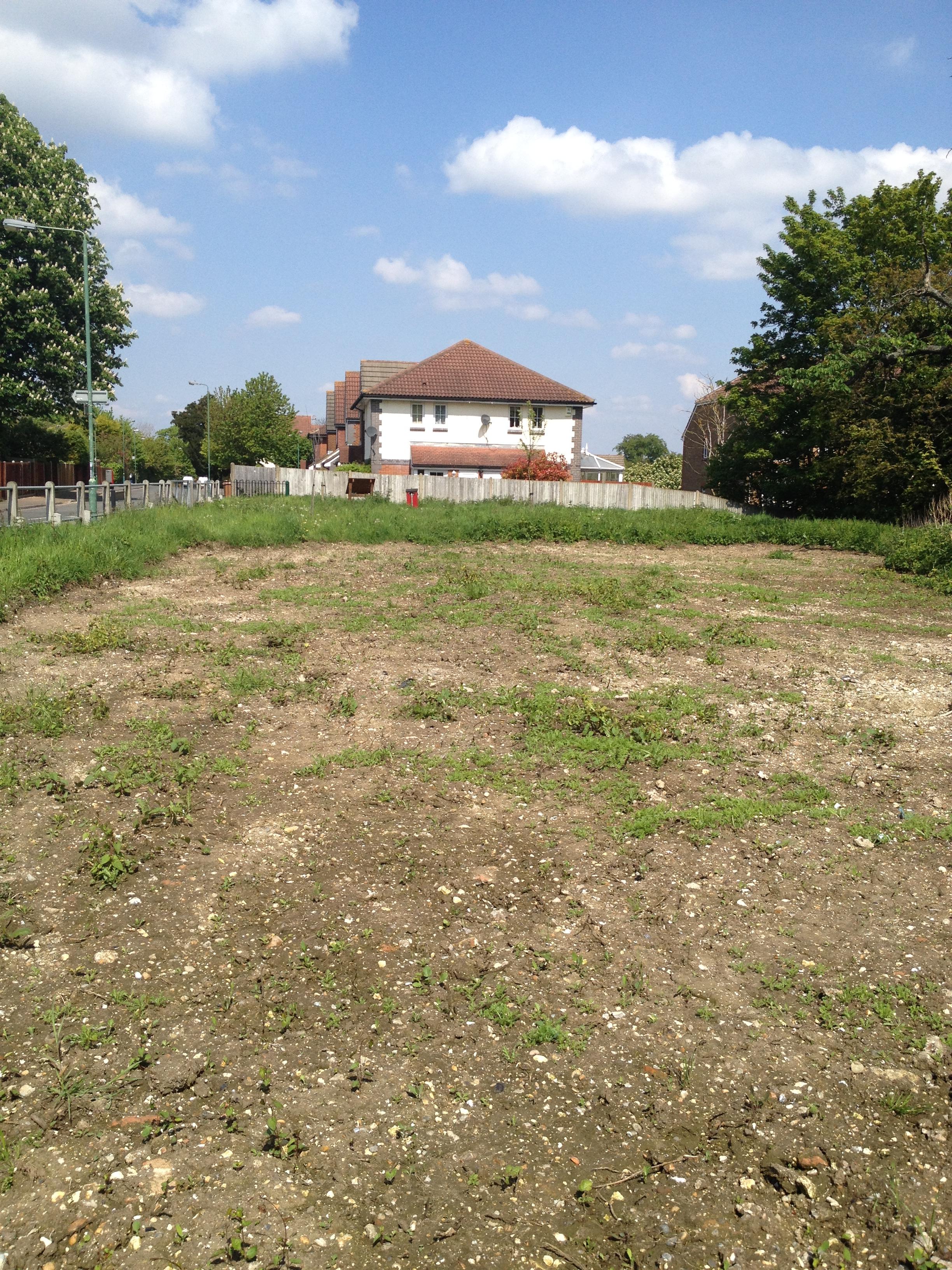Over the last few months, big changes have been happening at Belmont Pastures. To anyone that dropped a visit to this Local Nature Reserve a few months ago you may have seen a very large dirt scrape on the northern part of the site. There was, however, good reason behind for this big scrape.
Belmont Pastures has recently come under the Higher Level Stewardship (HLS) agreement. HLS is a government agri-environment scheme available to all farmers and land managers in England. The scheme provides funding to land owners to enhance and maintain important habitats for wildlife. A set of tailor-made targets and prescriptions (outlined by Natural England) are set for land owners to achieve on their site over the 10 year agreement. The aim of this scheme is to protect wildlife and biodiversity, as well as protect natural resources and enhance landscapes.
So as part of the HLS agreement Belmont Pastures has been given a set of targets for enhancing grasslands, which includes increasing the presence of wildflowers on site (which will encourage pollinators and improve species diversity). To help reach this target, a wildflower meadow will be created on the northern area at Belmont Pastures.
Previously the northern area was very poor in species diversity and contained a lot of brick rubble scattered just below the surface of the soil. The rubble, left over from housing developments, made the area extremely hazardous to mow and maintain. Patches of brambles and nettles also meant that little else could grow here!

Cornfield annuals have established (June)
Earlier this year the creation of the wildflower meadow began and a cornfield annual seed mix was seeded at Belmont. Cornfield annuals flower every summer after sowing and are able to grow really quickly even in quite high nutrient soils. Because they grow so quickly, you can see the colourful results fairly soon after they have been seeded. And indeed at Belmont Pastures you can already enjoy the wonderful array of colours from Corn Chamomile, Corn Cockle, Marigold and Poppies.
This is only the first stage of establishing a wildflower meadow, however. The next stage will be to seed a wildflower seed mix and green hay later in the year, but in the meantime the cornfield annuals can be enjoyed by the public whilst the wildflower mix begins to establish. Over the next year we hope to see this area continuing to evolve into a beautiful wildflower meadow and encouraging pollinators and other wildlife, so watch this space!
Eleanor Kirby-Green
SNCV Biodiversity Assistant







